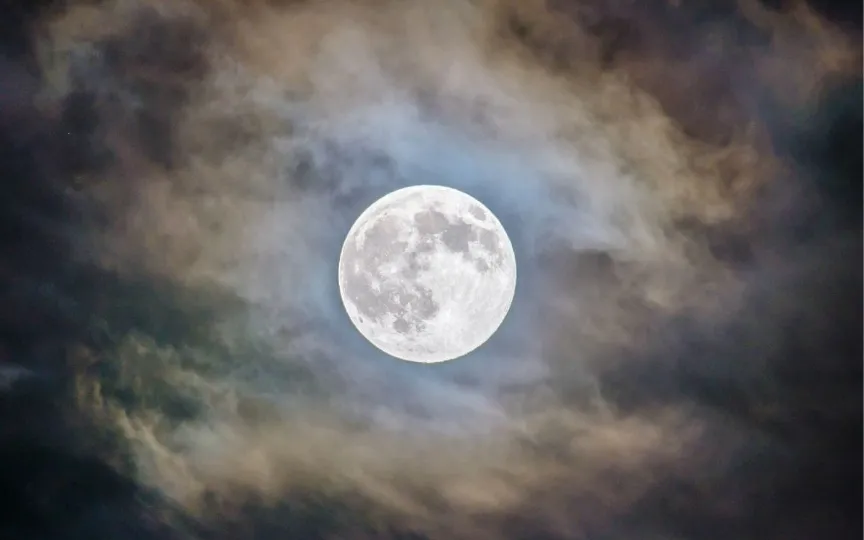Tips For Capturing The Supermoon On Your Mobile Camera
As the last supermoon is about to become visible in the night sky around the world, many will take to their patios to try to capture the beautiful celestial event in all its glory. However, capturing the moon is a bit tricky and requires a few steps to click sharp, accurately exposed images – especially when using a phone.
Here’s a look at some tips on how to use mobile phones to capture the latest supermoon to the best of your ability – ones that you can incorporate into your photography workflow right away with no learning curve.
Reduce exposure
In general, it is recommended that you expose your photos correctly, not overexpose or underexpose. However, for things like the moon, it may be necessary to underexpose your image to bring out the details. This tip can be especially useful on iPhones, as they tend to overexpose the Moon. On the other hand, phones like the Galaxy S23 Ultra with 100X hybrid zoom use artificial intelligence to properly optimize moon shots.
Switch to a telephoto lens
Have you noticed that distant objects like the sun and moon look small in photos taken with a prime smartphone camera lens or a wide-angle professional camera lens? As a general rule of thumb, switch to your longest lens when shooting distant subjects.
The new 5X telephoto lens on the iPhone 15 Pro Max and the 10X optical zoom on the Galaxy S23 Ultra are ideal for this purpose. If you want to capture subjects like the Moon in detail, switch to a telephoto lens to give your photos a “compressed” look. Simply put, using a telephoto lens makes the moon appear larger in your photos.
Use a tripod and a remote shutter
Using a tripod ensures that you can adjust your framing easily. The stand not only eliminates vibration, but also holds the phone or camera in the desired position. You can also use the remote shutter release with your camera. If you don’t have one, you can use the Apple Watch as a viewfinder and shutter button on, for example, iPhones. Various selfie sticks also offer remote shutters. The idea is to eliminate any unwanted camera shake that might occur when you press the shutter button. You can also set built-in timers to take pictures if you can’t use the remote shutter.
Save in RAW format
Today, smartphones and professional cameras not only have RAW capture capabilities, but also retain enough dynamic range for post-processing. By using the RAW format, you can further enhance your images by adjusting highlights and shadows to your liking. In addition, when photographing the Moon, it is important to preserve light and shadow information in order to preserve the fine details of the Moon’s craters. With RAW, you can make sure you can afford to fix your photo, even if it doesn’t look its best straight out of the camera.




